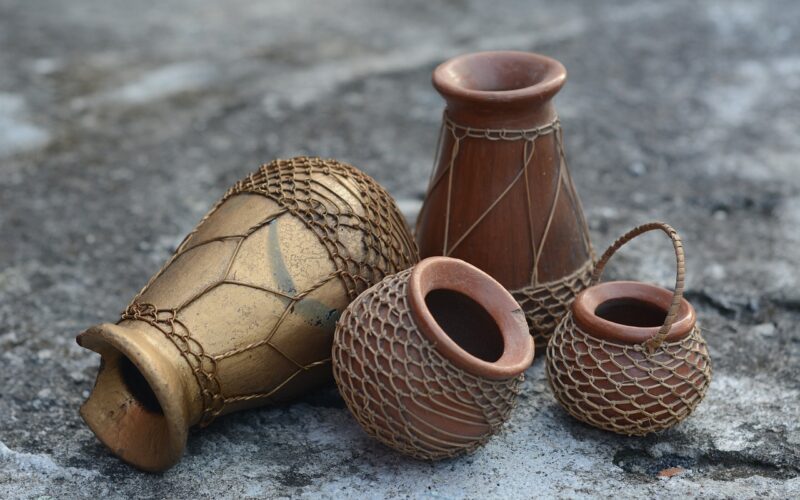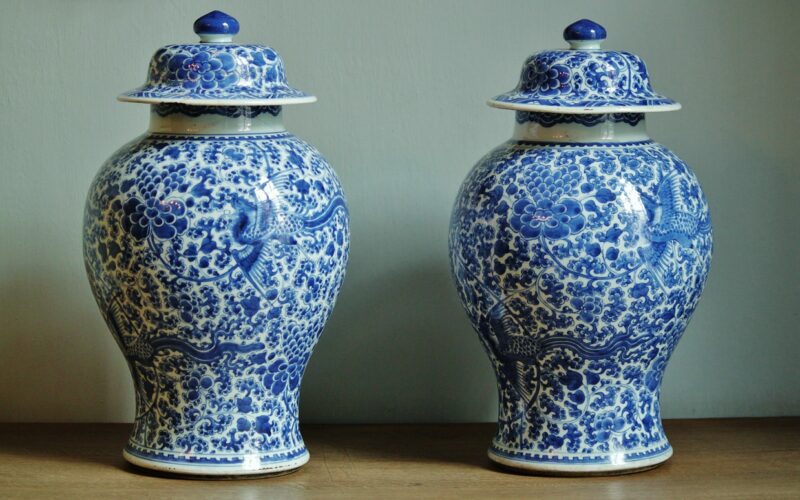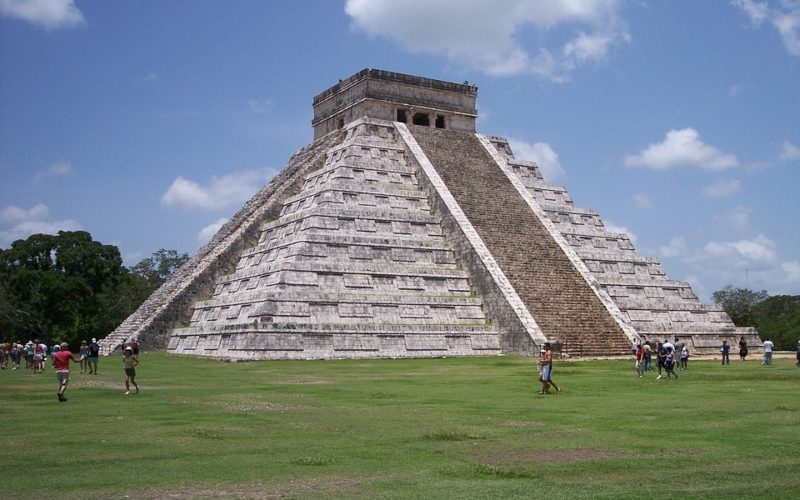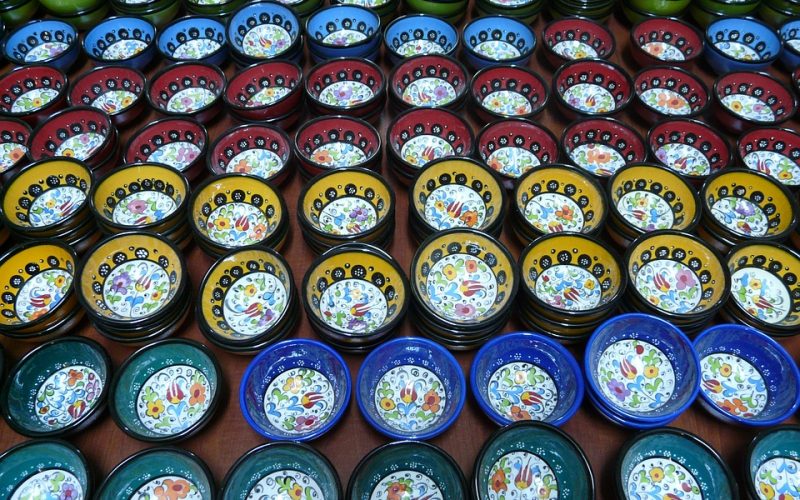Archaeology is like a giant puzzle where each piece helps historians understand how ancient civilizations lived, worked, and evolved. Among the myriad artefacts unearthed in archaeological digs, ceramic objects often play a pivotal role. From pots and pans to figurines and tiles, ceramics offer invaluable insights into the daily lives, cultures, and technologies of bygone eras. But how exactly do archaeologists use these ceramic objects to unravel the mysteries of the past?
The significance of ceramic objects
Ceramics have been a fundamental part of human life for thousands of years. Their durability makes them one of the most commonly found artefacts in archaeological sites. Unlike organic materials that decompose over time, ceramic objects can survive for millennia under various environmental conditions. This longevity provides a continuous record of human activity, allowing archaeologists to study cultures that existed long before written records.
Technological advancements revealed through ceramics
One of the primary ways archaeologists use ceramics is to understand technological advancements. The methods used to create ceramics, from the type of clay selected to the firing techniques employed, reveal a great deal about a civilization’s technological capabilities. For instance, the discovery of a kiln capable of firing ceramics at higher temperatures could indicate a society with advanced knowledge in material science and engineering. Additionally, the presence of ceramic decals and glass decals can indicate a civilization's aesthetic preferences and technological innovations in decoration techniques.
Ceramics as a window into daily life
Ceramics are often closely linked to daily domestic activities, making them a rich source of information about everyday life in ancient societies. Household items like cooking pots, storage jars, and serving dishes offer clues about the diet, food preparation methods, and social practices of a community. For example, the size and shape of cooking vessels can suggest what types of food were commonly prepared and consumed. Furthermore, the distribution of ceramic objects within a site can reveal the layout of living spaces and the division of domestic tasks.
Trade and cultural exchange through ceramics
Ceramic objects also serve as evidence of trade and cultural exchange. The materials and styles of ceramics found in a particular location can indicate connections with other regions. For instance, if archaeologists discover ceramic objects made from non-local clay or decorated with foreign motifs, it suggests that the community had trading relationships with distant regions. This information helps researchers map ancient trade routes and understand the economic and cultural interactions between different civilizations.
Symbolism and societal values embedded in ceramics
Ceramics can also provide insights into the symbolic and ideological aspects of a culture. Figurines, ceremonial vessels, and decorated pottery often carry symbolic meanings and reflect societal values, religious beliefs, and artistic expressions. For example, the motifs and patterns on ceramic objects can reveal important aspects of a civilization’s mythology, rituals, and social hierarchy. The presence of intricate designs created using ceramic decals and glass decals can further highlight a society's appreciation for artistry and craftsmanship.
Conservation and analysis of ceramics
The study of ceramics in archaeology is not limited to their initial discovery. Once unearthed, ceramic objects undergo detailed analysis and conservation. Techniques such as petrographic analysis, X-ray fluorescence, and thermoluminescence dating help archaeologists determine the composition, age, and origin of ceramic artefacts. This scientific approach allows for a more comprehensive understanding of the production, distribution, and usage of ceramics in ancient societies.
Ceramic objects are a vital resource for archaeologists in their quest to uncover the past. These durable artefacts offer a wealth of information about technological advancements, daily life, trade, cultural exchange, symbolism, and societal values. By studying ceramics, archaeologists can piece together the puzzle of human history and gain a deeper understanding of how past civilizations lived and thrived. Whether through the analysis of simple household items or intricately designed ceramic decals, these objects continue to illuminate the rich tapestry of our collective heritage.






